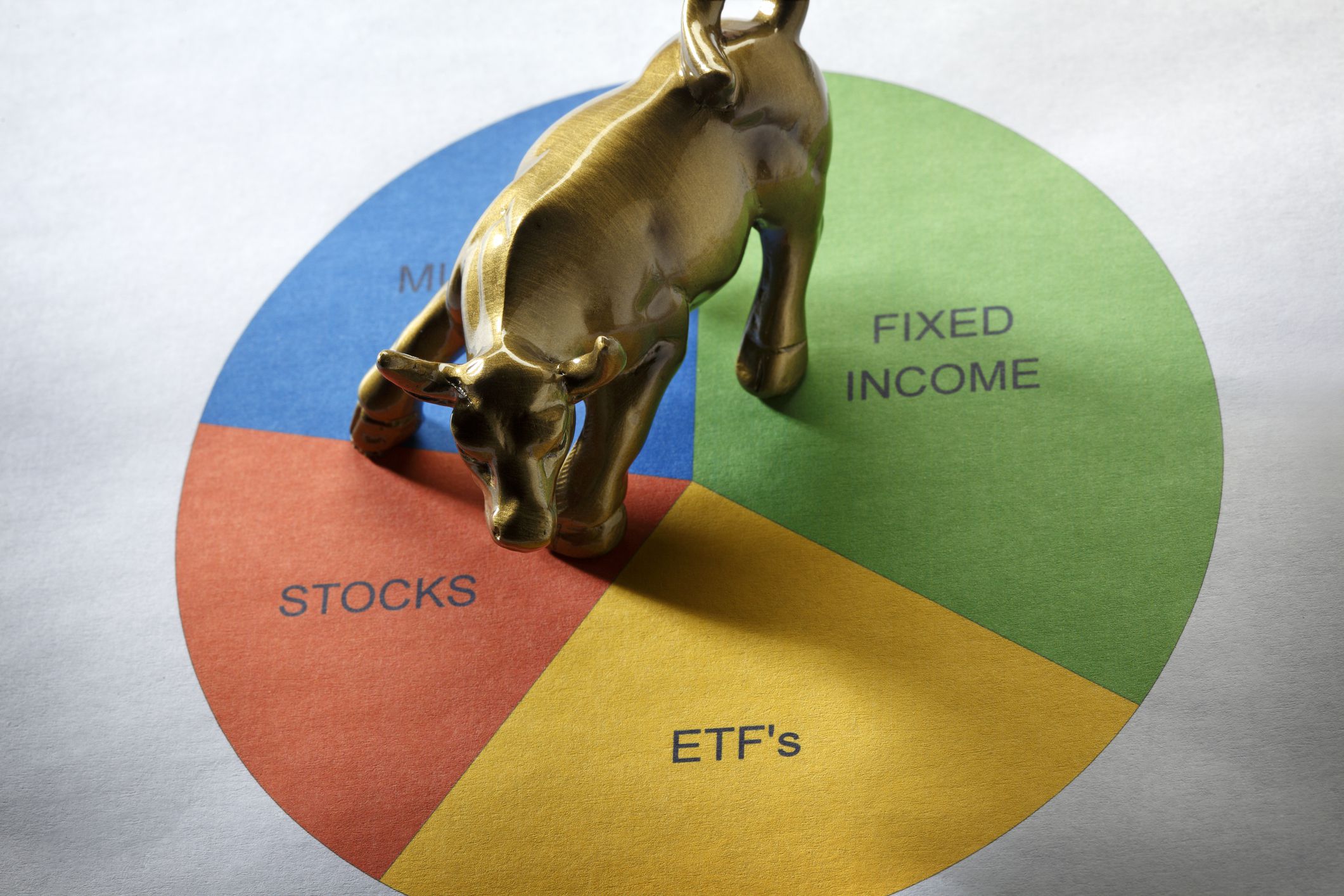One Best Idea: Diversified Asset Allocation with an Equity Bias
In May of this year, this investing world lost one it’s brightest lights in the passing of David Swenson, famed for his 36-year stint managing Yale University’s investment office. Serving in this role from 1985 to 2021, Swenson achieved annual returns averaging 13.7%, a figure which represented outperformance of the average endowment[1] by 3.4% per year. After subtracting the almost $22 billion in endowment funds that were invested in Yale operations over the period, the $1.3 billion Swenson inherited in 1985 was worth right at $42 billion just after his passing.
Swenson gained his small measure of investing fame allocating an endowment, but he was equally adept in the area of personal investment and his Unconventional Success: A Fundamental Approach to Personal Investment is a modern investment classic.
According to Swenson, the investor has three tools to employ in generating investment returns:
- asset allocation
- market timing, and
- security selection.
For most investors, attempts to utilize tools 2 and 3 will “most likely interfere with long-term goals.” Because this is demonstrably true of market timing and security selection (aka, stock picking), Swenson believes investors should “deemphasize” these factors and “emphasize” the lone factor most likely to contribute to long-term investment goals – asset allocation. “Asset allocation refers to the long-term decision regarding the proportion of assets that an investor chooses to place in particular classes of investments.” How do we for example spread our bets among the following:
| US Equities (small cap / large cap) | Nominal Treasuries |
| International Equities (developed / emerging) | Investment Grade Corporate Bonds |
| Real Estate (REITS / Farmland) | Junk Bonds |
| Private Equity | Inflation-indexed Bonds |
| Commodities (Gold / Industrial) | Preferred Securities |
| Cash | Tulip Bulbs & Beanie Babies |
Swenson holds that the relatively boring discipline of asset allocation plays the central role in investment returns for the average investor. So, if asset allocation matters so much and we are looking into the mind of a master in asset allocation, what are his basic investment principles?
Swenson shares three for portfolio construction:
- Pronounced Equity Bias[2] (more wealth creation)
- Substantial Diversification[3] (more stable returns)
- Tax Efficiency (better after-tax returns)
#1 – Pronounced Equity Bias
Today, this bias will come easy for many with most stock indices near all-time highs, a time in which discussion of the TINA[4] trade has become ubiquitous. The greater risk at this moment may be that many investors have a large allocation to equities ill-suited to their market experience and true risk tolerance, a tolerance understood well only when returns are negative and headlines are dire. For an extended period, being overweight equities has been the right place to be in light of the risk-reward offered across asset classes, but investors must remain diligent to ensure that their allocation is appropriate in light of their own risk capacity, risk need and risk tolerance. When these aren’t well understood and well aligned, the market’s roller coaster action ensures that bad things will happen. As Swenson puts it, “explicit specification of risk preferences outlines the parameters within which investors sensibly operate … reasonable self-awareness increase(s) the likelihood of investment success.” Your asset allocation should closely match your preferences, needs, goals and risk tolerance, but a focus on strong wealth creation over time will call for an equity bias.
In the recipe for strong portfolio allocation, stocks are the first ingredient.
#2 – Substantial Diversification
“From a strictly financial perspective, diversification improves portfolio characteristics by allowing investors to achieve higher returns for a given level of risk (or lower risk for a given level of returns).” Smart diversification has one eye on the mathematical modeling of returns and risk-reward, and the other eye on the investor lying on the proverbial shrink’s couch following the stock market’s daily tape. “The behavioral benefits of diversification loom larger than the financial benefits. Investors with undiversified portfolios face enormous pressure, both internal and external, to change course when the concentrated strategy produces poor results.” Said another way, when an investor positions heavily in something that underperforms for any period of time, he may not ride out the storm and market history is replete with examples of stressful moments when retail investors capitulate en masse just before the turn.[5] Diversification is perhaps the best strategy to protect yourself from this wealth-destroying tendency.
In the recipe for strong portfolio allocation, noncorrelating (for example, gold) and negatively correlating (for example, bonds) asset classes that make money over time but behave differently than your stocks are needed.
#3 – Tax Efficiency
“Taxation of income and capital gains introduces enormous complexity into asset-allocation and security-selection decisions.” How does the IRS treat income, dividends, short-term capital gains, long-term capital gains? How do present tax rates compare to historical rates … to expected future rates? What is the best strategy for realizing gains and losses? How can the investor maximize tax deferral?
Bottom line, because “taxes impair wealth creation,” all investing decisions must be made with an intense focus on minimizing the tax burden.
In the recipe for strong portfolio allocation, every ingredient and every action must be approached in a fashion that minimizes how much of your cake the IRS big nasty neighbor next door is going to eat.
[1] As measured by Cambridge Associates
[2] For long-term investors
[3] Importance decreases with longer timeframe and higher risk tolerance
[4] “There Is No Alternative” in reference to investing in stocks
[5] Small investors left small-cap stocks in the early 1930s after a large stock market decline. A dollar invested in small stocks in June of 1932 is now worth more than $100,000.



Recent Comments